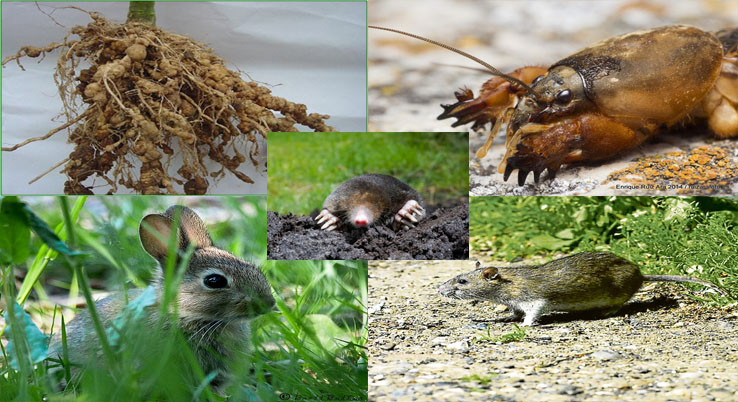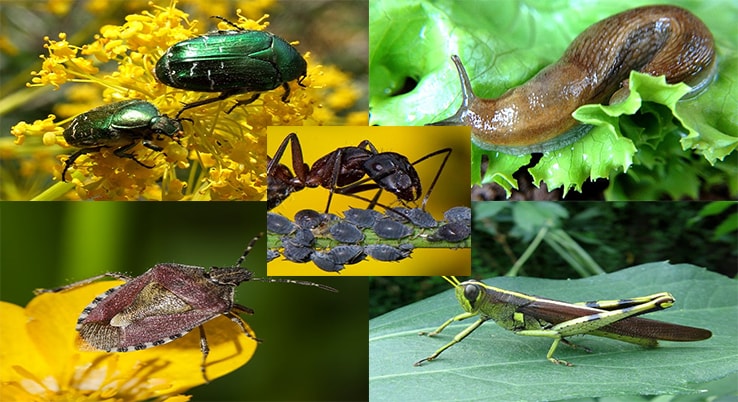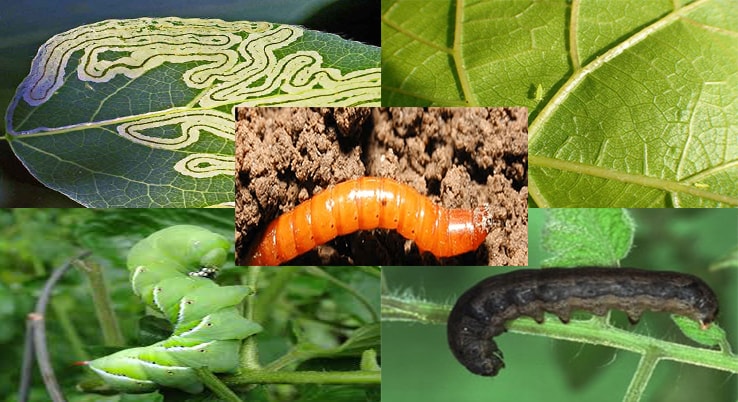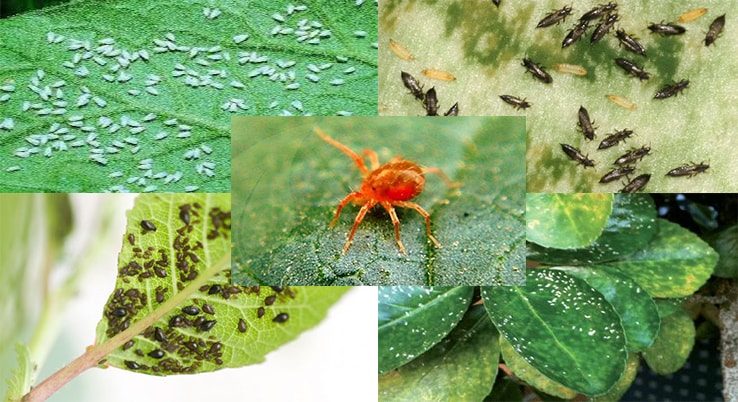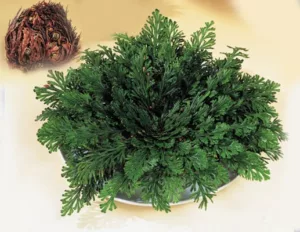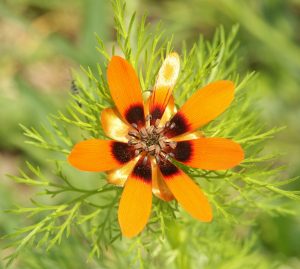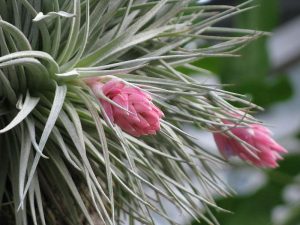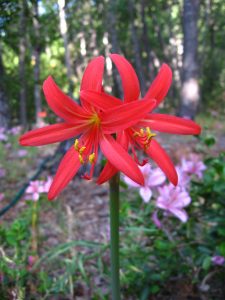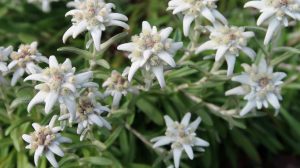Types of pests: nematodes, scorpion onions, moles, rats and rabbits
Today we come to the end of this series of articles on the types of pests that affect our garden, where we will talk about the last of this table that we have seen during our articles.
Types of Pests


16. Nematodes(Meloidogyne, Heterodera, Ditylenchus)
Nematodes are microscopic worms about 0.2 millimeters that are introduced into the roots to feed on them. When their number is high they can kill the plant. It is not easy to know if a plant is being attacked by Nematodes, because the symptoms are identical to excess water, drought, lack of nutrients, etc., that is, leaves pale green or yellow, less growth and wilting.
When it comes to the genus Meloydogine (the most frequent), if the roots of the soil are extracted, some typical lumps or nodules are observed. Prevention consists in the disinfection of soils and substrates. If the attack is in a pot, little can be done: start the affected plants and burn everything, including the substrate. If the infection is on the garden floor, there are nematicides, but control is difficult.
All nematodes originate from eggs and pass through a series of larval stages (usually four) before reaching the adult stage.
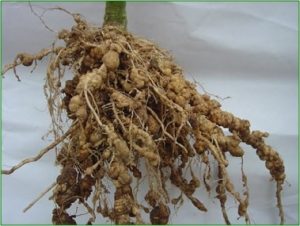
Ways of management
Nematodes are present in almost all soils and its dissemination is very easy, so the following forms of management must be taken into account in order to reduce their attack:
Apply fresh compost during the preparation of the soil and mix evenly. Also avoid the transfer of land from one place to another because it would also be moving nematodes. You should also avoid watering with water from stagnant places such as lakes, reservoirs, etc. In addition, crop rotation should be taken into account.
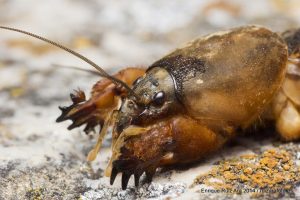
17. Mole cricket or scorpion onion
The mole cricket, known as scamp scorpion, whose scientific name is Gryllotalpa gryllotalpa is a species of orthoptera insect of the family Gryllotalpidae native to Europe, western Asia and northern Africa and introduced into America. It is an underground insect that destroys roots and necks of the plants, manifesting in the plant leaves of pale green color and little growth. You can see small mounds of earth that are confused with those of ants or earthworms.
To know if there are Mole Crickets in a certain area a solution of water and liquid detergent is used. Put in a shower 30 cc. of detergent in 5 liters of water and water at that point. They should come out in a few minutes. In small parcelitas, with this method many can be done and captured by hand.
They fight with poisoned baits scattered on the ground at nightfall, for example, Mesurol 4% bait, the most opportune time being May, June, July and August, when they are smaller.
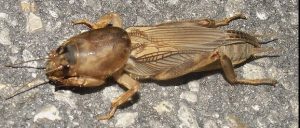
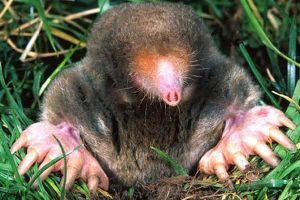
18. Moles and voles
• Moles are insectivores, eat worms, larvae and insects.
• Voles are herbivores, gnawing leaves, fruits and stems.
Both dig galleries (toperas) destroying the roots in their path. The heaps of dirt indicate that there are moles.
They should be scared away instead of being killed with bait or traps.
How to chase moles and voles?
For this you can use various forms, there are on sale devices that emit ultrasound. It is based on a very annoying noise for them that frightens them. It is effective. Another way is using camphor pellets in the tunnels: remove the earth from all the piles and look for the hole. Put in each one a ball of camphor or naphthalene which is used to keep the clothes and recaps with some earth of withdrawal. They flee from this smell. They sell traps to hunt them that do not hurt the mole. Once trapped, release them as far as possible from your garden.
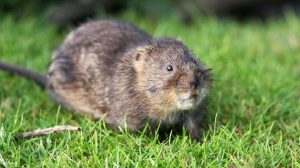
You can find other ways to scare off moles at the following site:Hogarmanía
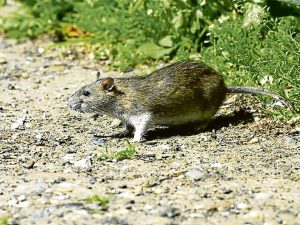
19. Rats and mice
These animals gnaw plants, devour roots, bulbs (tulip, crocus, lily), seeds, carrots, potatoes, beets and small plants.
They can be captured with mousetraps or killed with baits. In addition, you can use a cat, it is very effective. Another way is to plant mint plants, because their smell serves as a natural repellent against rats.
Traps
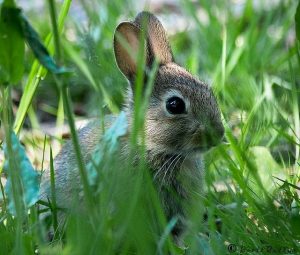
20. Rabbits
Rabbits can cause garden damage by nibbling plants. In winter they come to nibble the bark of the trees. To scare them, you can use dogs or cats. The fences are a fairly effective protection against these animals. You can bury wire meshes about 30 cm deep and 1 meter high.
I hope that these articles have been used to eradicate the types of pests that you have in your garden. A healthy garden will provide us with the flowers that will make our hearts happy. ?
Remember to like and share on your social networks if you liked this article. Leave us your comments here.
![]()
Share this content:
